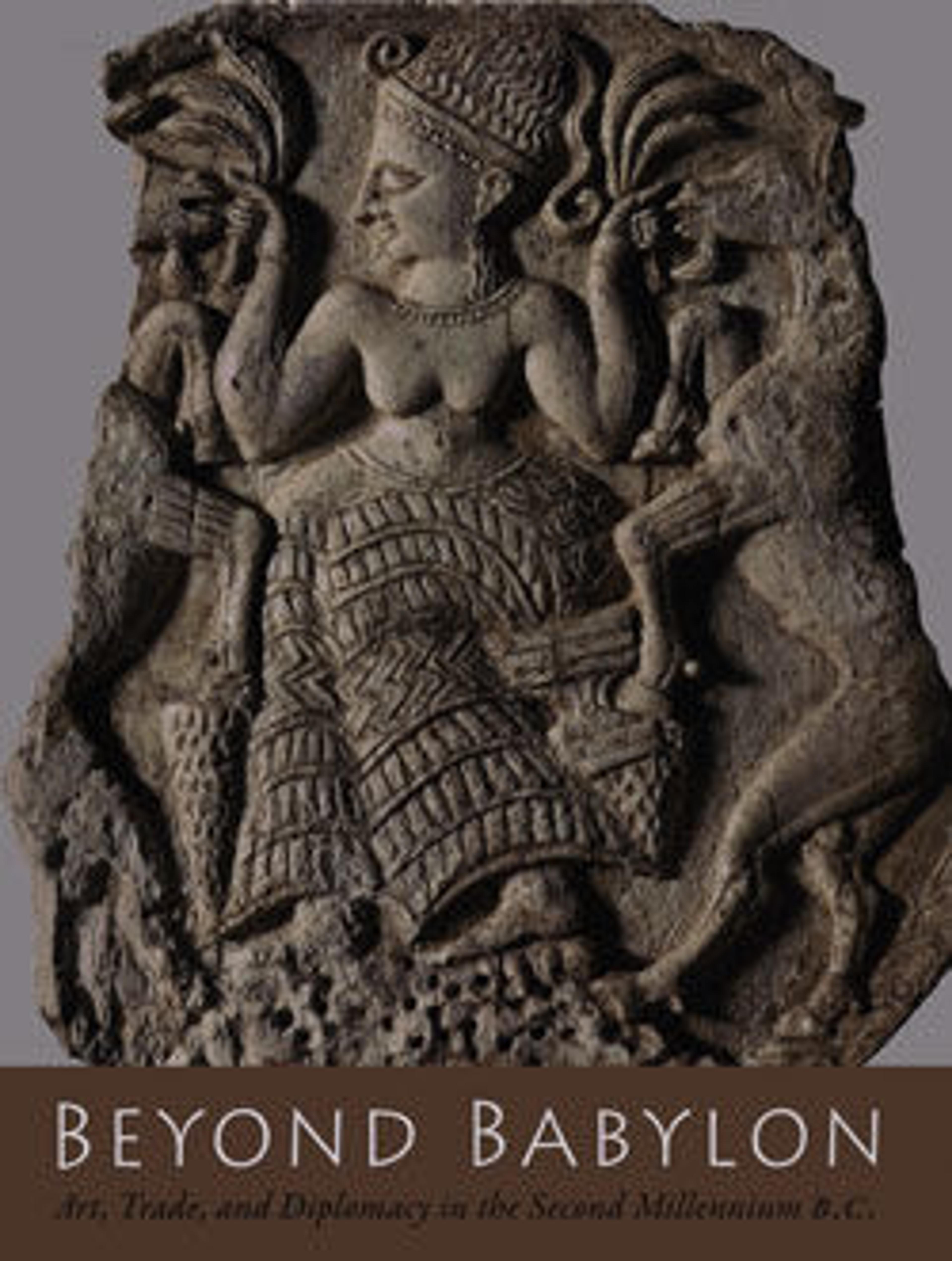Apotropaic Wand
Wands such as this were a common feature in burials of the late Middle Kingdom. They were usually carved out of hippopotamus ivory and still retain the shape of a hippopotamus tusk-line canine. These teeth are a hippo's most powerful weapon and make the animal most dangerous.
The apotropaic wand here shows signs of wear on one tip, suggesting that it was used over a period of time before being placed in the tomb. The wand is decorated on one side with the figures of protective deities that carry knives to ward off evil forces.
Some wands, like this one, and 15.3.197 are inscribed on the front with the words "protection of day" and "protection of night." Another wand in the collection (08.200.19) has a longer inscription on the back, indicating that it was used to protect a child. Although their exact use is unknown, these wands seem to have provided protection during birth and early in life. They were also placed in tombs to offer protection of the deceased at his or her rebirth.
The apotropaic wand here shows signs of wear on one tip, suggesting that it was used over a period of time before being placed in the tomb. The wand is decorated on one side with the figures of protective deities that carry knives to ward off evil forces.
Some wands, like this one, and 15.3.197 are inscribed on the front with the words "protection of day" and "protection of night." Another wand in the collection (08.200.19) has a longer inscription on the back, indicating that it was used to protect a child. Although their exact use is unknown, these wands seem to have provided protection during birth and early in life. They were also placed in tombs to offer protection of the deceased at his or her rebirth.
Artwork Details
- Title: Apotropaic Wand
- Period: Middle Kingdom
- Dynasty: Dynasty 12–13
- Date: ca. 1981–1640 B.C.
- Geography: From Egypt
- Medium: Hippopotamus ivory
- Dimensions: L. 33.1 × W. 5.3 × H. 12.4 × Th. 1 cm (13 1/16 × 2 1/16 × 4 7/8 × 3/8 in.)
- Credit Line: Theodore M. Davis Collection, Bequest of Theodore M. Davis, 1915
- Object Number: 30.8.218
- Curatorial Department: Egyptian Art
More Artwork
Research Resources
The Met provides unparalleled resources for research and welcomes an international community of students and scholars. The Met's Open Access API is where creators and researchers can connect to the The Met collection. Open Access data and public domain images are available for unrestricted commercial and noncommercial use without permission or fee.
To request images under copyright and other restrictions, please use this Image Request form.
Feedback
We continue to research and examine historical and cultural context for objects in The Met collection. If you have comments or questions about this object record, please contact us using the form below. The Museum looks forward to receiving your comments.
